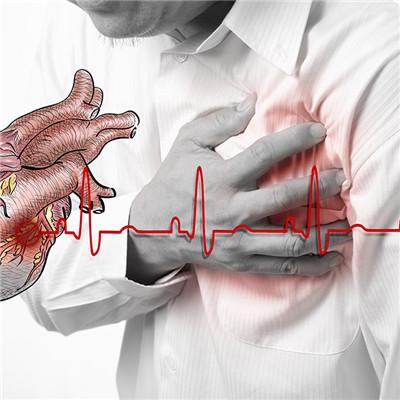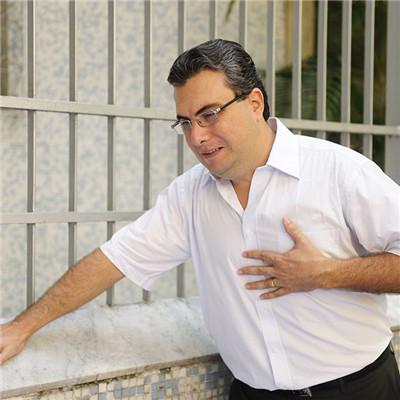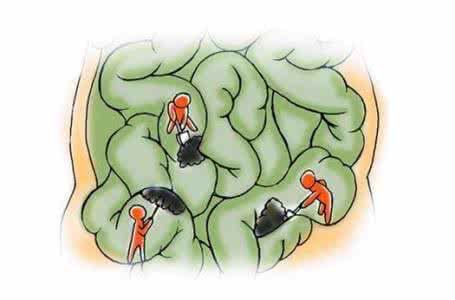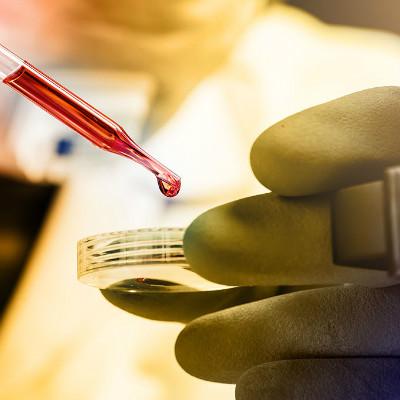What symptom expression does myocardial infarction have
summary
Myocardial infarction is mainly due to lipid deposition or plaque shedding in the coronary artery which nourishes the myocardium, resulting in vascular stenosis or even occlusion, blood flow can not pass through normally, resulting in corresponding myocardial ischemia and hypoxia, and then myocardial infarction. The main clinical manifestations of myocardial infarction are chest tightness, chest pain, palpitation and shortness of breath. If the infarction area is large, there may be serious consequences such as acute heart failure, arrhythmia and even sudden cardiac death. ECG and troponin may have dynamic changes. Coronary angiography is an important method for the diagnosis and treatment of myocardial infarction. Let's take a look at the following.
What symptom expression does myocardial infarction have
First, prodromal symptoms. A few days or a week before the onset of myocardial infarction, there are often prodromal symptoms of aggravation of chest tightness and chest pain, which are characterized by longer duration of chest tightness and chest pain, aggravation of the degree of pain. After rest or sublingual nitroglycerin, the effect of relieving the above symptoms is not as good as before.

Second: typical myocardial infarction often presents as severe precordial or retrosternal pain, strangulation, accompanied by radiation pain in the left shoulder and upper limb, lasting for more than ten minutes or even half an hour, the pain can not be relieved, accompanied by continuous chest tightness, sweating, restlessness, near death or suffocation, sublingual nitroglycerin can not relieve the above symptoms. And some atypical patients also have epigastric pain or neck tightness, tooth pain as the main performance.

Third: if the infarction area is large, patients can also have various types of arrhythmias, such as palpitation, palpitation, and acute heart failure, such as shortness of breath, dyspnea, sitting breathing, sweating, restlessness, and cyanosis of lips; some patients have cardiogenic shock due to sudden decrease of blood volume, such as cold limbs, increased heart rate, decreased blood pressure, increased heart rate He was pale.

matters needing attention
Myocardial infarction ECG can show ST segment and T wave changes, but also abnormal Q wave, suggesting myocardial ischemia and myocardial infarction, abnormal increase of troponin. Coronary angiography is not only the gold standard of diagnosis, but also an important means of treatment. Timely coronary angiography and stent implantation within 6 hours after the occurrence of myocardial infarction can greatly reduce the size of infarcted myocardium and improve the prognosis.














